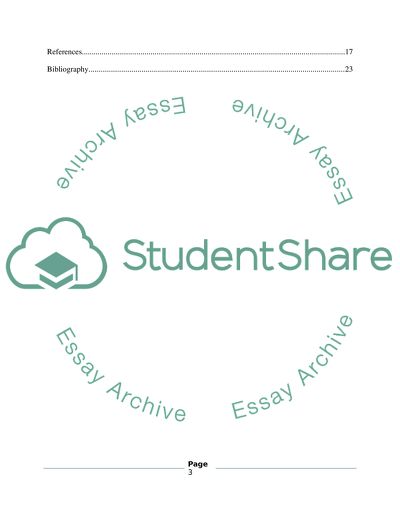Cite this document
(“International corporate reporting issues Essay Example | Topics and Well Written Essays - 3000 words”, n.d.)
Retrieved from https://studentshare.org/finance-accounting/1404118-international-corporate-reporting-issues-journal
Retrieved from https://studentshare.org/finance-accounting/1404118-international-corporate-reporting-issues-journal
(International Corporate Reporting Issues Essay Example | Topics and Well Written Essays - 3000 Words)
https://studentshare.org/finance-accounting/1404118-international-corporate-reporting-issues-journal.
https://studentshare.org/finance-accounting/1404118-international-corporate-reporting-issues-journal.
“International Corporate Reporting Issues Essay Example | Topics and Well Written Essays - 3000 Words”, n.d. https://studentshare.org/finance-accounting/1404118-international-corporate-reporting-issues-journal.


